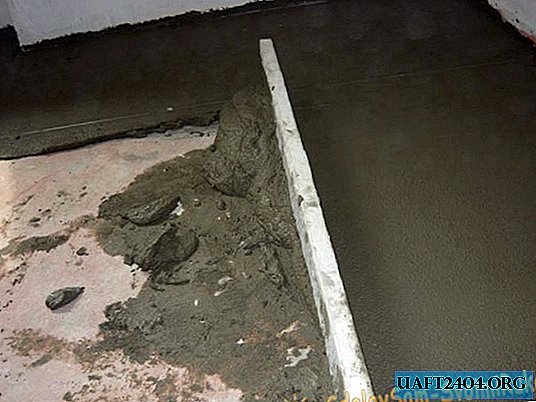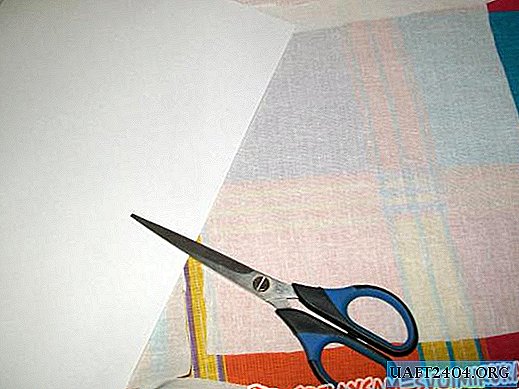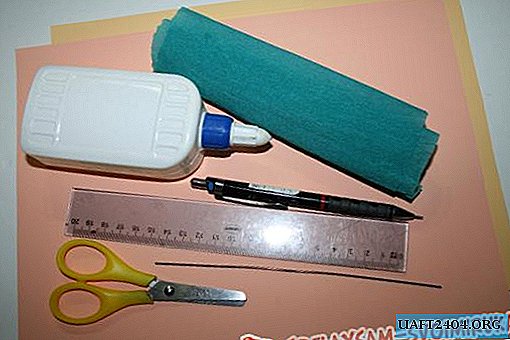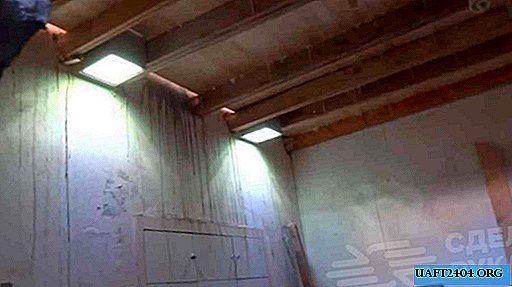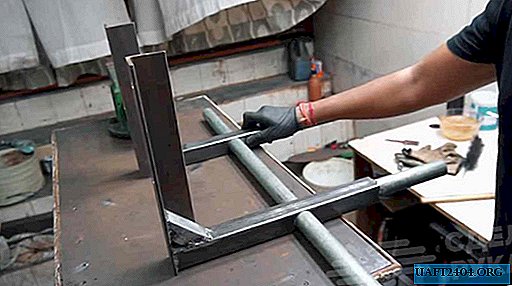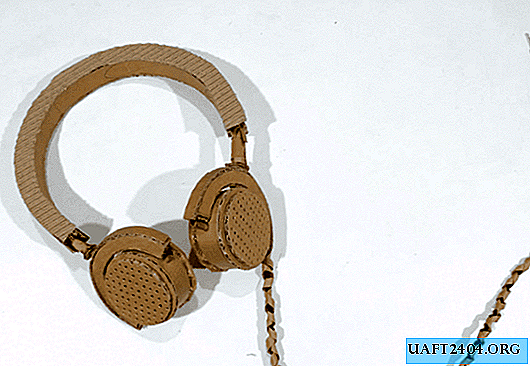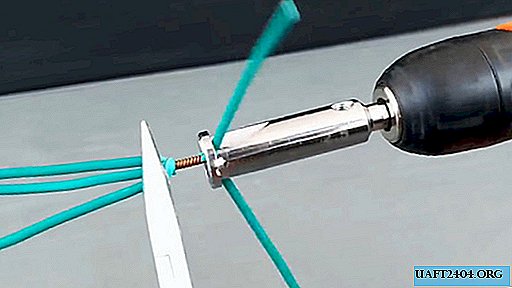
There are several types of putty, the main ones: with filler for deep irregularities, coarse-grained and finishing. In practice, they differ in the presence of pores after drying and grinding. Not all pores can be poured with soil, so for the final broaching use finishing or finishing putties. In fact, the whole difference in the filler filler mass, the smaller the filler - the smaller the pores.

• An important characteristic of the putty can be considered its shrinkage after complete drying. If the technology is not followed, secondary shrinkage can also occur after painting (when a flat surface becomes a curve after a while, the so-called “washboard” effect).
• The thickness of the applied layer should not exceed the recommended (indicated in the description on the package).
• Putty is applied to the prepared surface, and alignment after application is carried out with an abrasive (sandpaper) of different gradations, from large to smaller. The material instructions indicate what gradation and under what conditions the applied layer should be treated (depending on the difference in work with dry or with water).
Before working with putty, you need to know how harmful it is. This type of work can be called the most unfavorable for health of all that are carried out in preparation for painting, as well as painting itself. The point is a component of modern putty - polyester, thanks to which it quickly hardens. Polyester molecules are very small, not every respirator is capable of holding them back, therefore it is worth observing safety measures, working in a well-ventilated area, and using personal protective equipment. When inhaled, toxic fumes cause drowsiness and dizziness, as well as more serious problems and consequences associated with prolonged use in work. Take care of your health.


